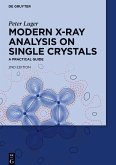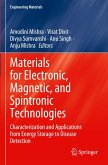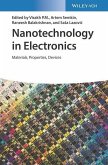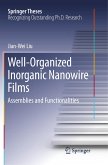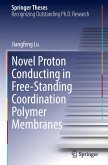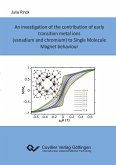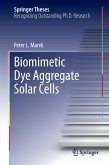This thesis addresses research on the design, fabrication, and operation of the first saddle-shaped dipole magnet for particle accelerators using a no-insulation high-temperature superconducting (HTS) magnet technology. Unlike HTS magnets with various geometries used in other applications, saddle-shaped magnets posed unresolved challenges in analysis and fabrication due to their complex shape. This thesis is the first study to systematically classify these issues and propose detailed solutions for each. Scaling up the techniques used in this research could enable the development of dipole magnets exceeding 20 T, significantly enhancing particle accelerator performance. Institutions such as CERN and INFN-LASA are pursuing high-field HTS magnets, and this study has led to international collaborations, including Horizon Europe and the International Muon Collider Collaboration. This research has opened a new chapter in foundational technology for particle accelerators, which are widely adopted in particle physics, cancer treatment, chemistry, biotechnology, and materials science. Moreover, it addresses major challenges in HTS magnet technology, such as precise estimation of critical current, screening current analysis, and quench repetition experiments and analysis, by defining these problems and presenting viable solutions with experimental validations.
Bitte wählen Sie Ihr Anliegen aus.
Rechnungen
Retourenschein anfordern
Bestellstatus
Storno


